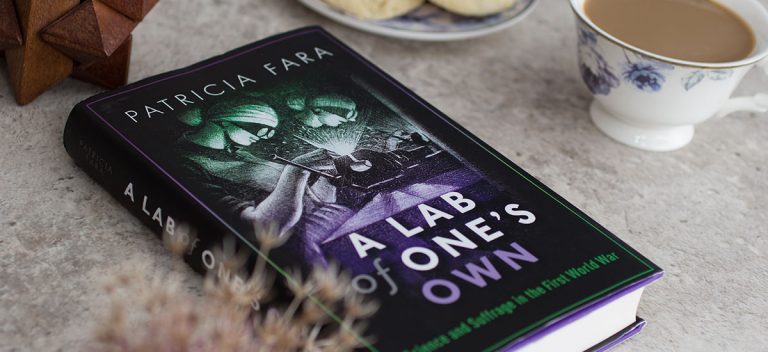

A new century: voting for science - Factories of science: women work for war - Ray Costelloe/Strachey: the life of a mathematical suffragist - Corridors of science, crucibles of power. Snapshots: suffrage and science at Cambridge - A divided nation: class, gender, and science in early twentieth-century Britain - Subjects of science: biological justifications of women's status - Abandoning domesticity, working for the vote. Fara examines how these pioneers, temporarily allowed into an exclusive world before the door slammed shut again, paved the way for today's women scientists. Men returning from the Front reclaimed their jobs, and conventional hierarchies were re-established. Although women had helped the country to victory and won the vote for those over thirty, they had lost the battle for equality. It found them serfs, and left them free," the truth was very different.

Though suffragist Millicent Fawcett declared triumphantly that "the war revolutionized the industrial position of women. Profiles include mental health pioneer Isabel Emslie, chemist and co-inventor of tear gas Martha Whiteley, Scottish army doctor Mona Geddes, and botanist Helen Gwynne Vaughan. Suffragists including Virginia Woolf's sister, Ray Strachey, aligned themselves with scientific and technological progress, and mobilized women to enter conventionally male domains such as engineering and medicine. Female scientists, doctors, and engineers experienced independence and responsibility during the First World War.


 0 kommentar(er)
0 kommentar(er)
